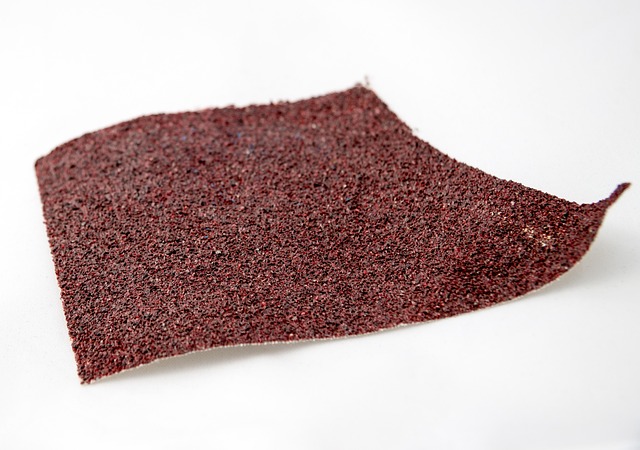When one thinks of sculptural art, images of grand marble statues or intricate wooden carvings often come to mind. However, one humble yet powerful tool that has silently shaped the world of sculpture is sandpaper. While it might seem unassuming, this ubiquitous material plays a crucial role in the crafting of textured surfaces, enhancing the intimate connection between the artwork and its audience.
In the realm of Fine Arts, texture adds depth and emotion to a piece. Sculptors meticulously choose their materials, understanding that the surface can transform a simple form into an evocative entity. Sandpaper, available in various grits, allows artists to manipulate their mediums, achieving a range of textures from smooth serenity to rough vitality. The act of sanding softens the harshness of raw materials, coaxing them into forms that resonate with the human experience.
Consider a sculpture that greets you with its rough, unfinished surface. It speaks of rawness and authenticity, inviting touch and exploration. Sandpaper helps the artist traverse this journey, gradually refining their vision. With each stroke, they breathe life into stone, wood, or clay, revealing qualities that might be hidden beneath the surface. The tactile experience draws viewers not just to observe but to engage, creating a visceral connection to the artwork.
Culturally, the significance of texture in sculpture extends beyond the individual piece. It reflects the practices and histories of artisans across the globe. Different cultures embrace various methods, utilizing sandpaper to honor traditional craftsmanship while exploring contemporary expressions. This blending of old and new is a testament to the evolution of sculpture, demonstrating how tools like sandpaper carry forward legacies while fostering innovation.
Furthermore, in an age where digital art exists alongside physical creations, the question arises: what does it mean to create? The tactile nature of sandpaper in sculpture represents a bridging of skills and senses that digital platforms can never replicate. The gritty interaction with materials embodies a physicality that resonates deeply within us, reminding artists and viewers of the beauty in the process of making. The act of sanding becomes a meditative practice, a moment to reflect on the relationship between the creator and their creation.
Ultimately, sandpaper is not just a practical tool in the sculptor’s kit; it is a conduit for emotion and culture. It exemplifies the rich narrative woven through art, where each texture tells a story, invites touching, and encourages the viewer to look closer. As artists continue to explore new textures and forms, sandpaper will undoubtedly remain an essential companion, tirelessly shaping the future of sculpture in the vibrant interplay of Art and Culture.



